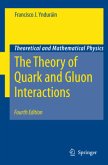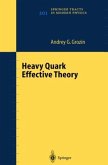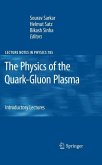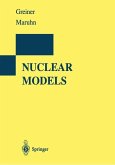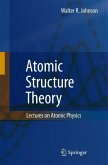Since QCD is an ever growing area of physics, a number of sections in this third edition of the book have been expanded, in particular, those dealing with deep inelastic scattering. Here new material is included both on higher-order calculations, quite a number of which have become available in the last few years, and on the small-x limit of structure functions, where, triggered by the results of HERA, there has been considerable activity. Two other topics have also received special attention. One is the matter of bound states of heavy quarks, where inclusion of higher-order perturbative and nonperturbative corrections has led to a clarification of the QCD description, particularly for the lowest states of heavy quarkonia. The other concerns the results of high-order (four-loop) calculations and a new determination of the parameters of the theory, quark masses, etc.
F. J. Ynduráin's book on Quantum Chromodynamics has become a classic among advanced textbooks. First published in 1983, and translated into Russian in 1986, it now sees its fourth edition. It addresses readers with basic knowledge of field theory and particle phenomenology. The author presents the basic facts of quark and gluon physics in pedagogical form. Theory is always confronted with experimental findings. The reader will learn enough to be able to follow modern research articles. This fourth edition presents a new section on heavy quark effective theories, more material on lattice QCD and on chiral perturbation theory.
F. J. Ynduráin's book on Quantum Chromodynamics has become a classic among advanced textbooks. First published in 1983, and translated into Russian in 1986, it now sees its fourth edition. It addresses readers with basic knowledge of field theory and particle phenomenology. The author presents the basic facts of quark and gluon physics in pedagogical form. Theory is always confronted with experimental findings. The reader will learn enough to be able to follow modern research articles. This fourth edition presents a new section on heavy quark effective theories, more material on lattice QCD and on chiral perturbation theory.


